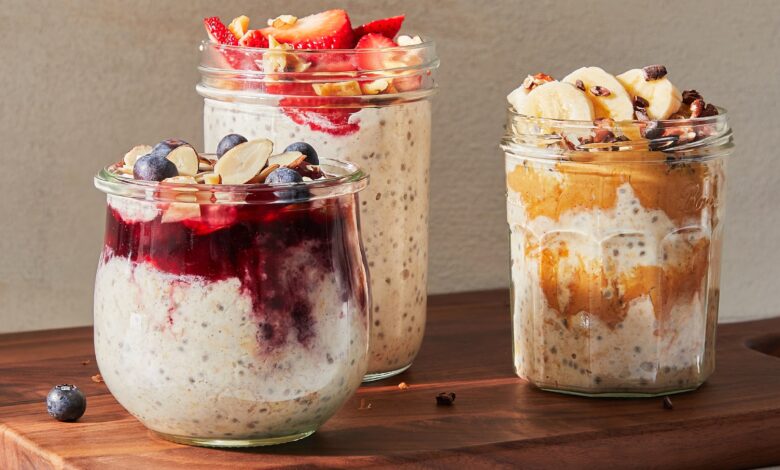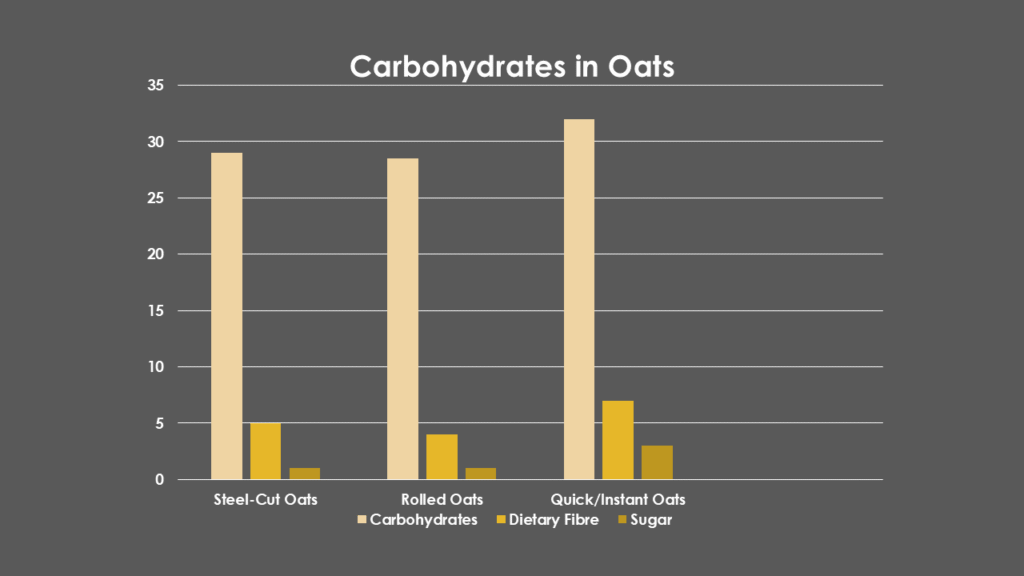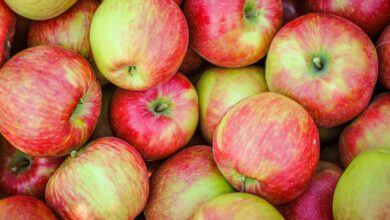Carbohydrates in Oats

| Type of Oats | Serving Size (Dry) | Total Carbohydrates | Dietary Fiber | Total Sugars | Glycemic Index (GI) |
| Steel-Cut Oats | 40g | 29g | 4-5g | 1g | 53 |
| Rolled Oats | 40g | 28.5g | 4g | 1g | 56 |
| Quick/Instant Oats | 28g | 24g | 3-4g | 1g | 78 |

Oats are an excellent source of complex carbohydrates. These complex carbs make up about 60% to 68% of the dry weight of an oat grain. Because they take a long time to digest, they provide sustained energy and help you feel full for hours. This makes oats a great food choice for a steady start to your day.
The two main types of carbohydrates in oats are starch and fiber.
Starch
Starch is the biggest part of the carbs in oats. It’s a complex carbohydrate. Unlike the simple starch in white bread or sugary cereals, the starch in oats digests slowly.
Scientists divide starch into three types based on how fast your body can digest it:
Rapidly Digested Starch (RDS): Your body quickly turns this starch into sugar. Oats have very little of this type.
Slowly Digested Starch (SDS): This is the most common type of starch in oats. Your body breaks it down slowly, which is why oats give you long-lasting energy. This slow process helps keep your blood sugar levels steady.
Resistant Starch (RS): This starch acts a lot like fiber. Your body does not fully digest it in the stomach or small intestine. Instead, it moves to the large intestine where it feeds your healthy gut bacteria.
The high amount of slowly digested starch and resistant starch is one reason why oats are so good for managing energy and blood sugar.

Fiber
Dietary fiber is another huge part of the carbohydrates in oats. Fiber is a part of plant foods that your body cannot break down. Oats contain both soluble and insoluble fiber, but the soluble fiber is especially important.
Beta-Glucan Special Soluble Fiber
The most well-known and powerful fiber in oats is called beta-glucan. It is a soluble fiber, which means it dissolves in water. When beta-glucan mixes with water in your stomach and intestines, it forms a thick, gel-like substance.
This gel-like substance does three main helpful things:
Lowers Bad Cholesterol: The beta-glucan gel traps cholesterol-rich bile acids in your gut. Your body then removes these instead of reusing them, which helps lower your (LDL) cholesterol levels. This is a major benefit for your heart health.
Controls Blood Sugar: The gel slows down how quickly your stomach empties. This means sugar from the digested starch enters your bloodstream slowly, preventing fast and high spikes in blood sugar and insulin.
Keeps You Full: The thickness of the gel in your stomach makes you feel satisfied and full for longer. This can help with managing your weight because you feel less hungry between meals.

Insoluble Fiber
Oats also contain insoluble fiber, which does not dissolve in water. This type of fiber adds bulk to your stools. This helps keep your digestive system running smoothly, preventing constipation.
Processing Affects Digestion
The way oats are processed changes how fast your body uses their carbohydrates. All oats start as whole oat groats (the whole, unbroken kernel).
Steel-Cut Oats: These are oat groats simply cut into pieces. They are the least processed, take the longest to cook, and have the slowest digestion rate. This means they have the lowest impact on your blood sugar.
Rolled Oats (Old-Fashioned): Workers steam the groats and then roll them flat. This speeds up cooking. They still digest slowly but slightly faster than steel-cut oats.
Quick/Instant Oats: These are cut into tiny pieces and rolled which makes them cook very fast. Because they are processed more, your body digests their carbohydrates faster, which can cause a quicker rise in blood sugar than steel-cut or rolled oats.
Simple Sugars in Oats
Oats naturally contain a very small amount of simple sugars. It is less than 1 gram per serving of plain oats. This is why plain oatmeal is a much better choice than many pre-packaged breakfast cereals.
If you want to make your oatmeal sweet, add natural flavors like fresh fruit, spices (cinnamon), or a tiny drizzle of honey after cooking.



